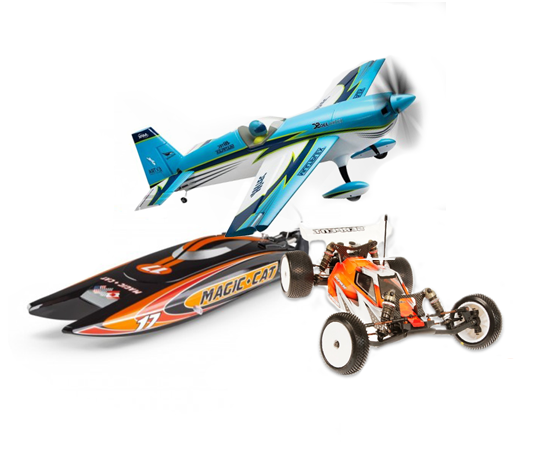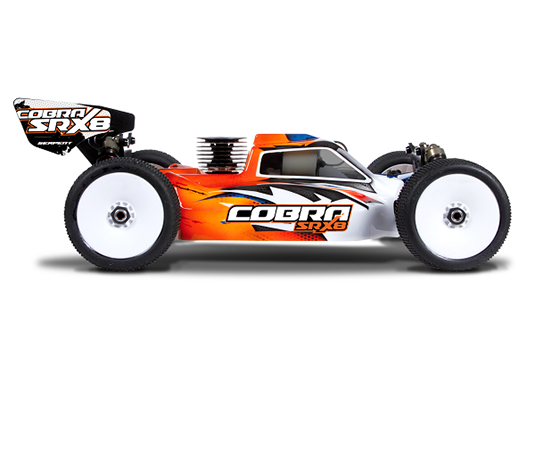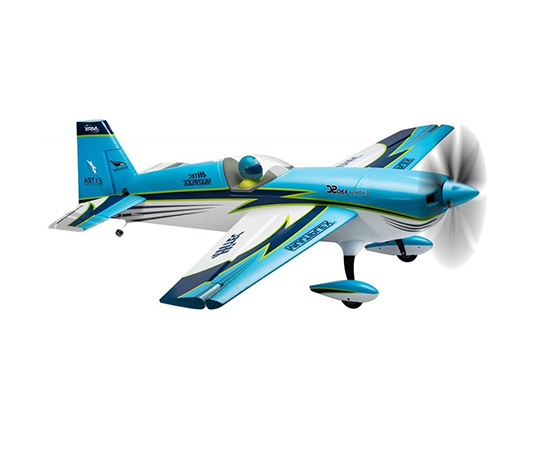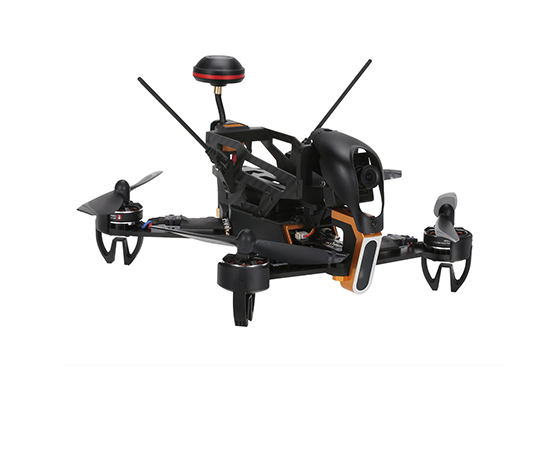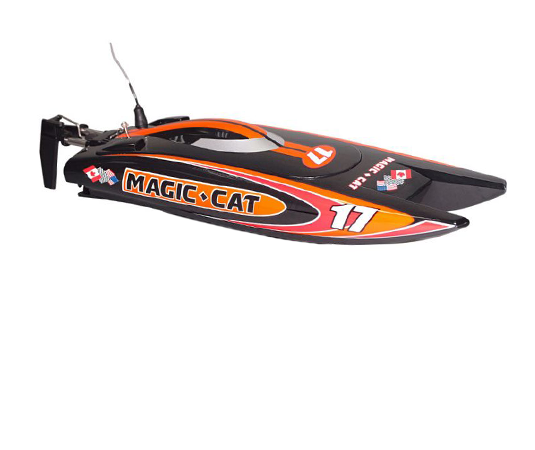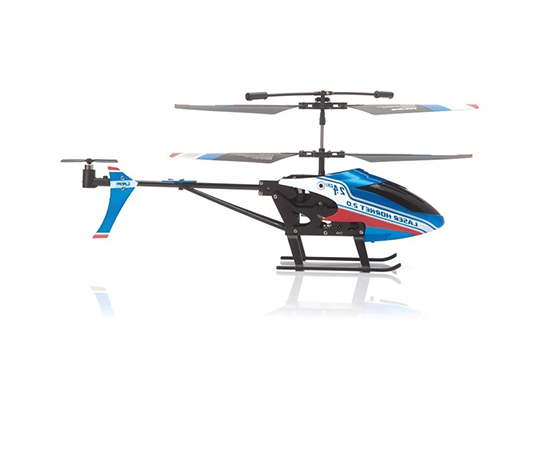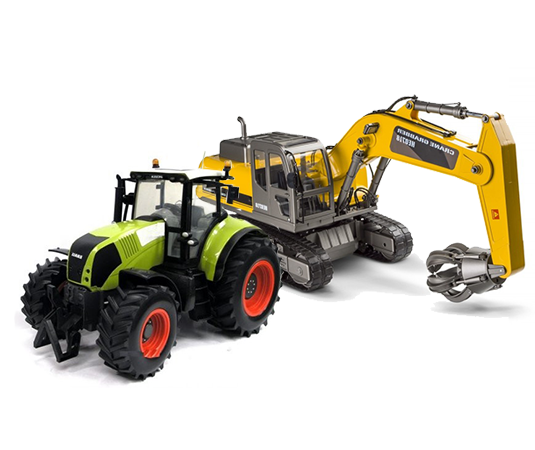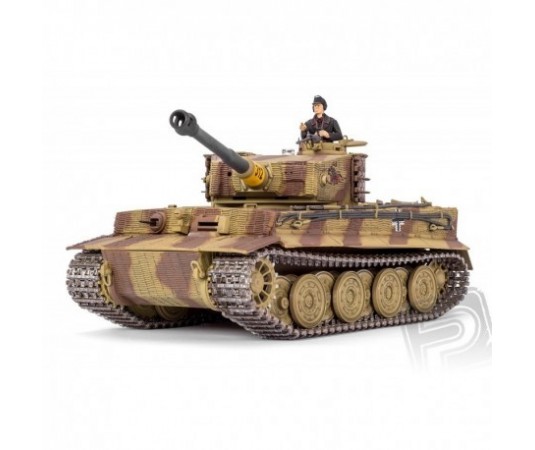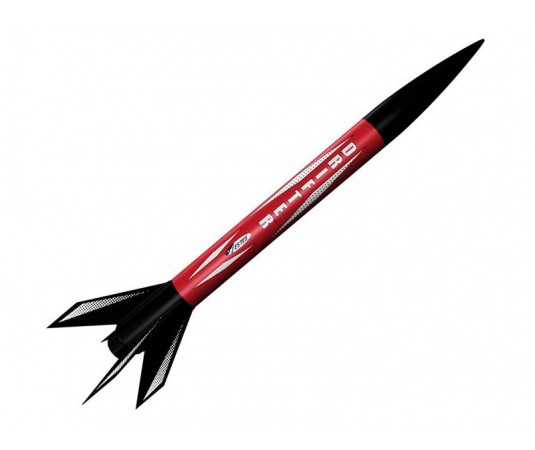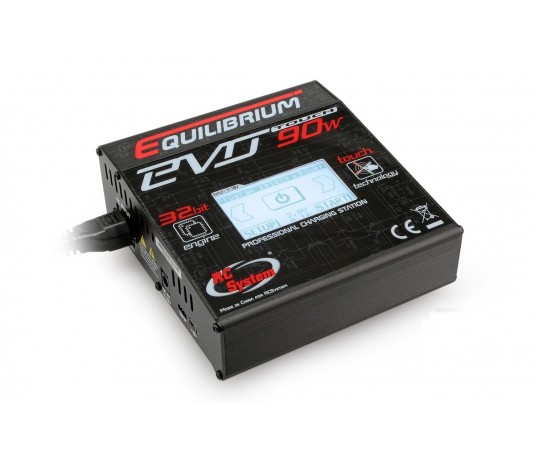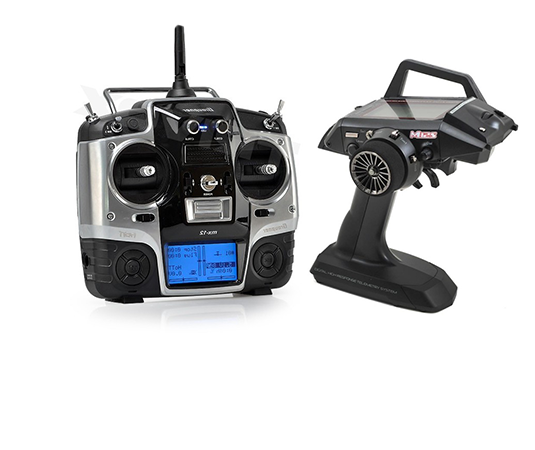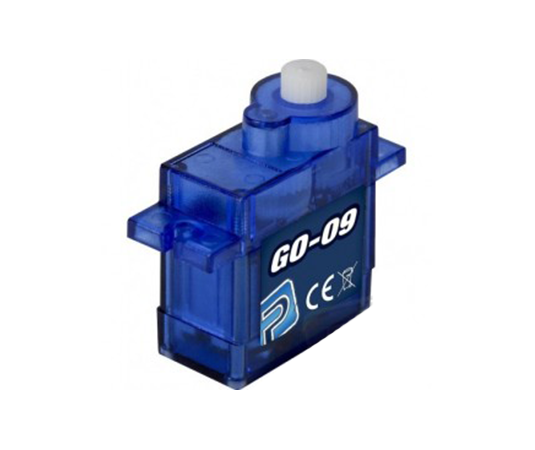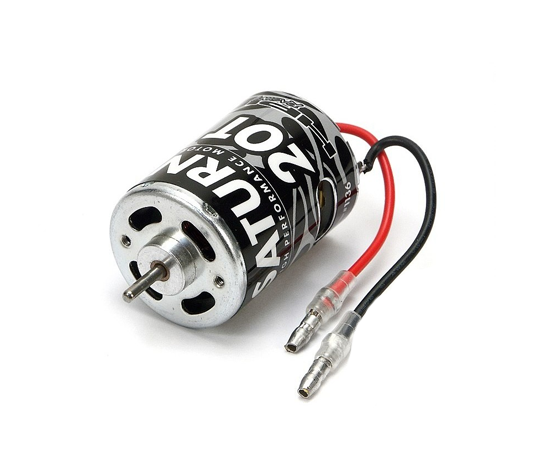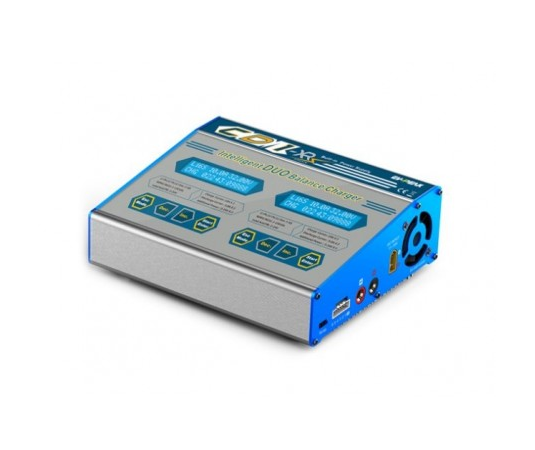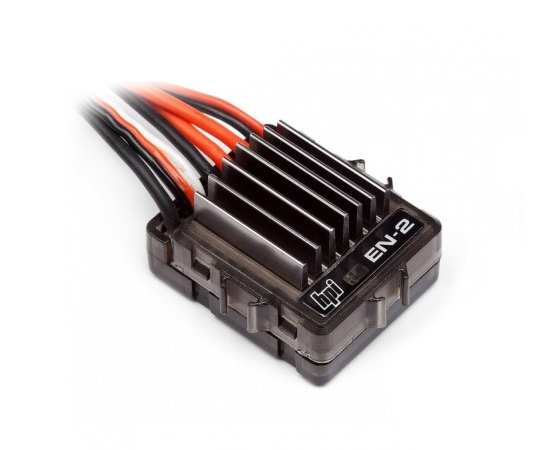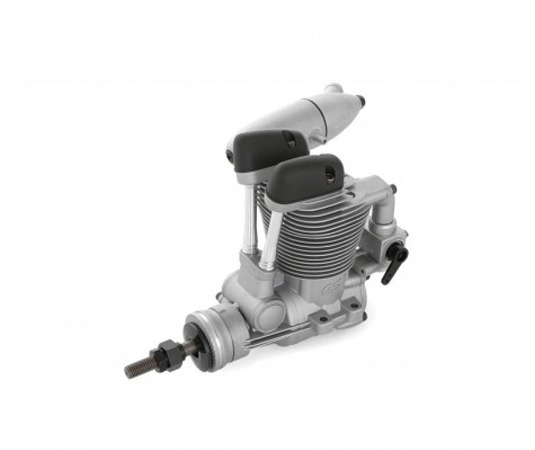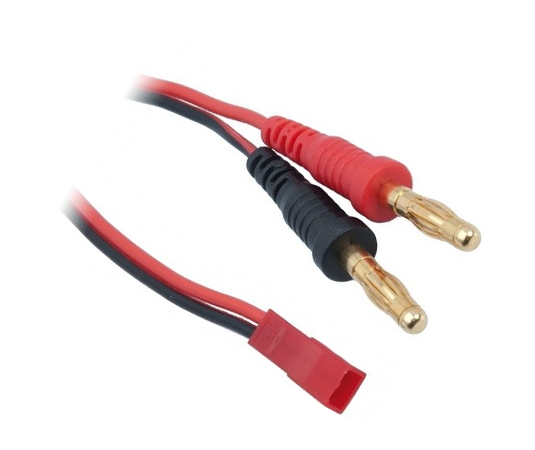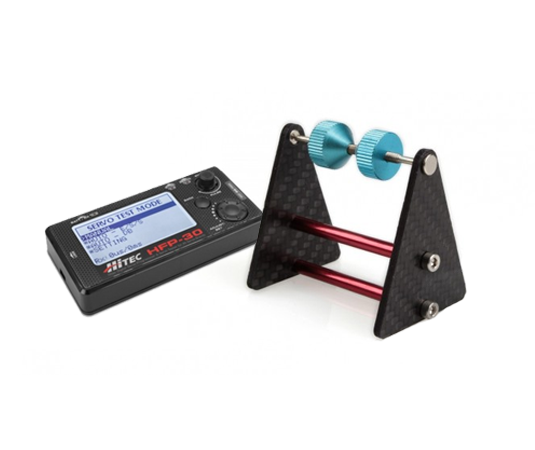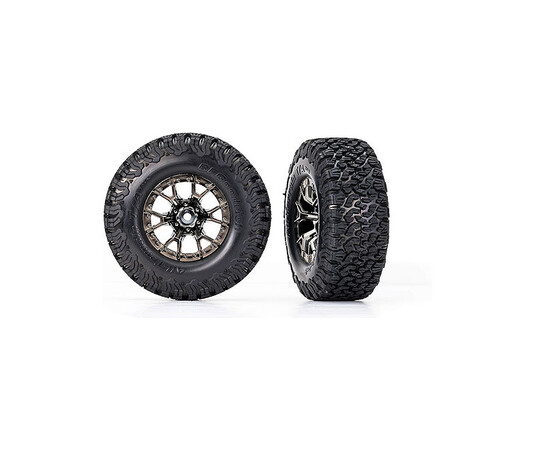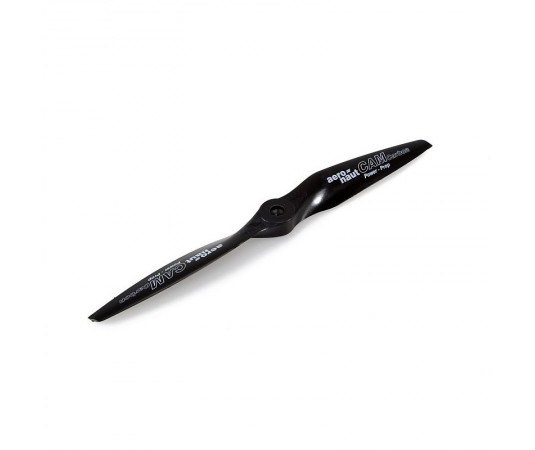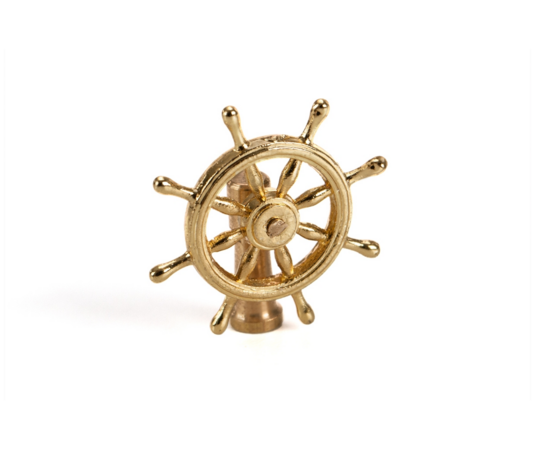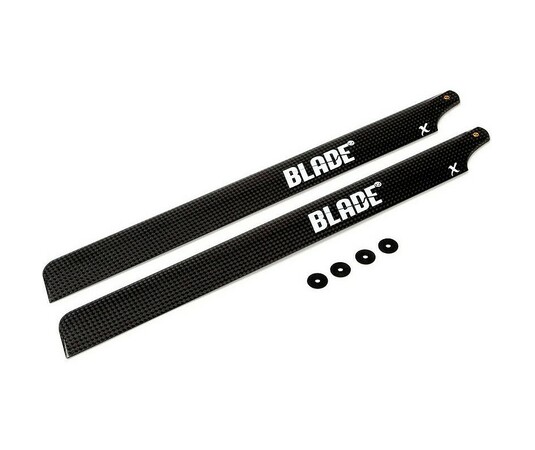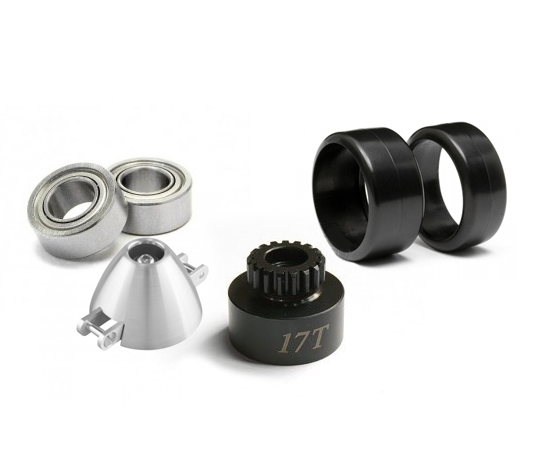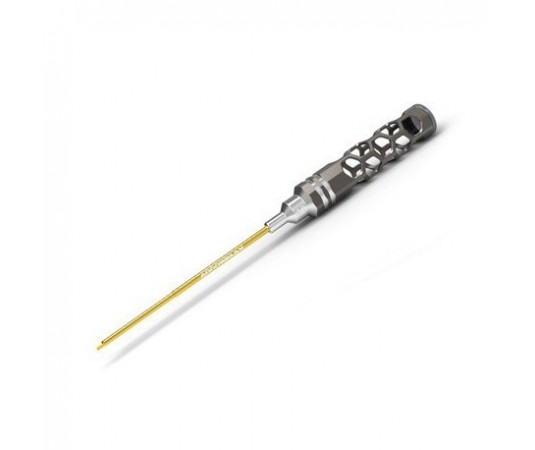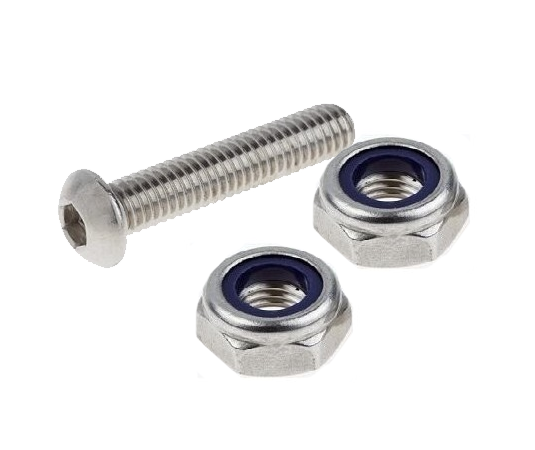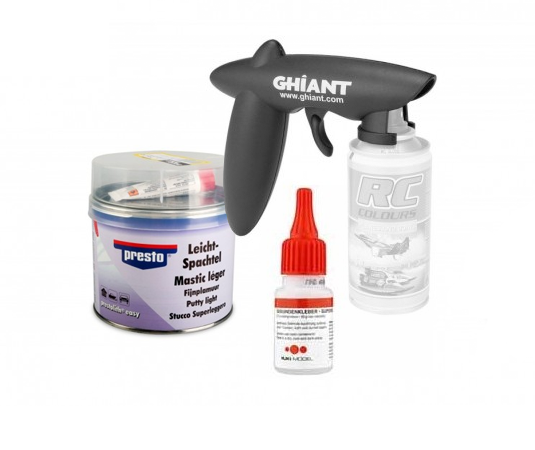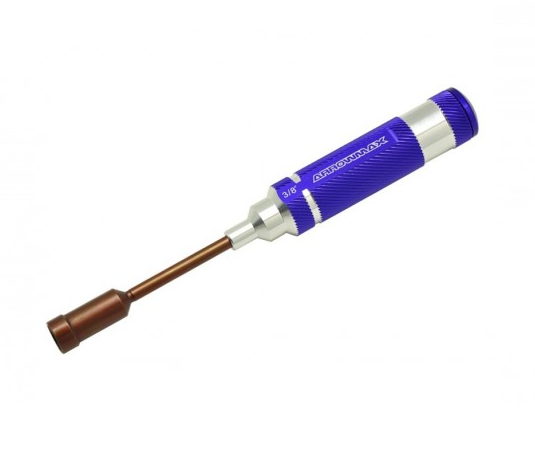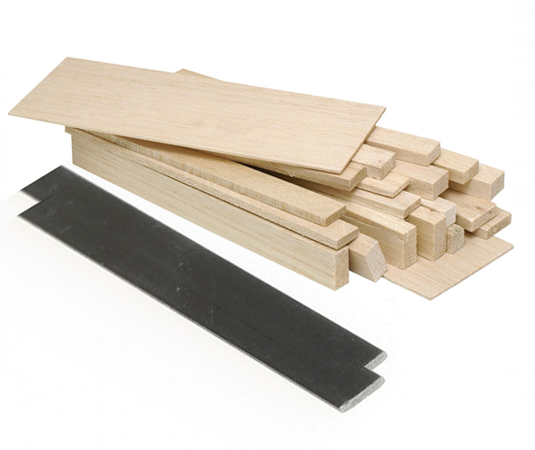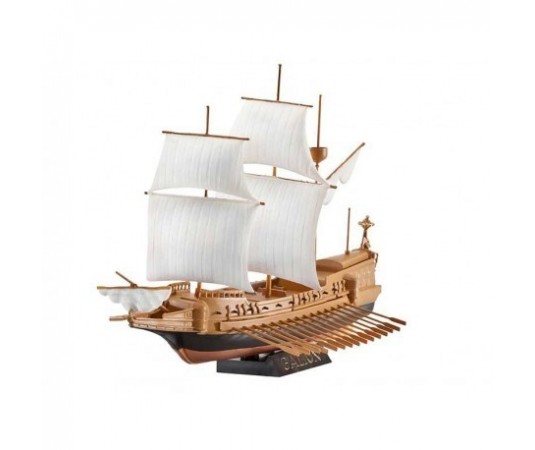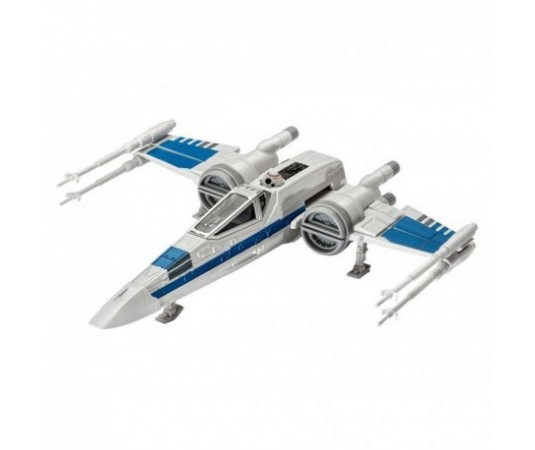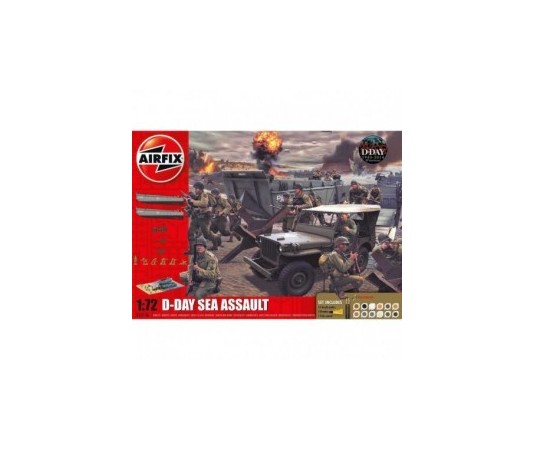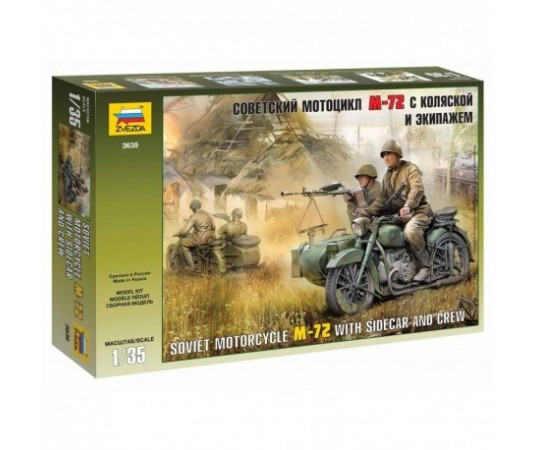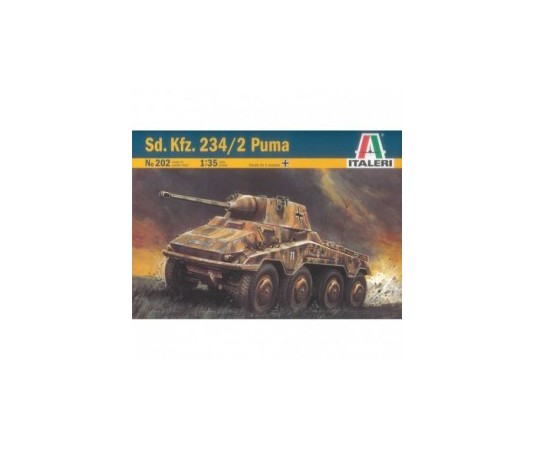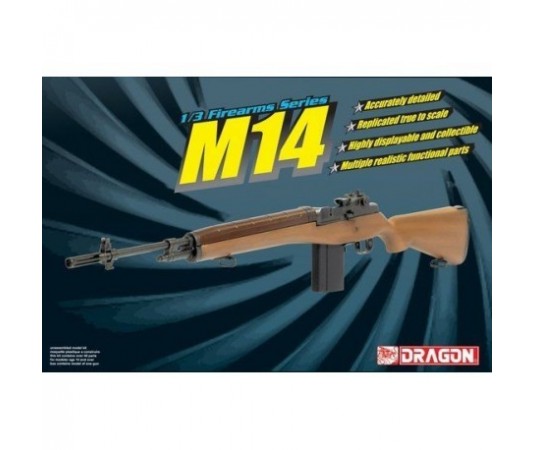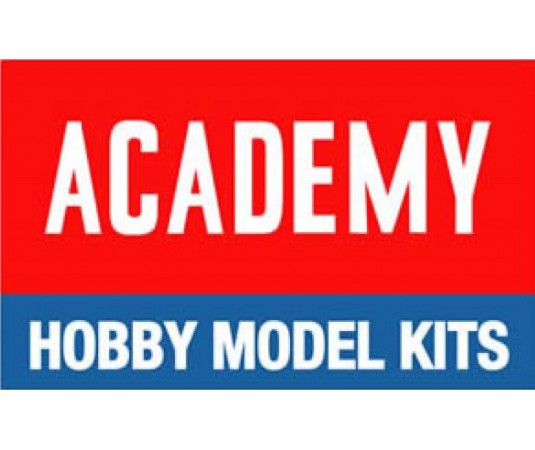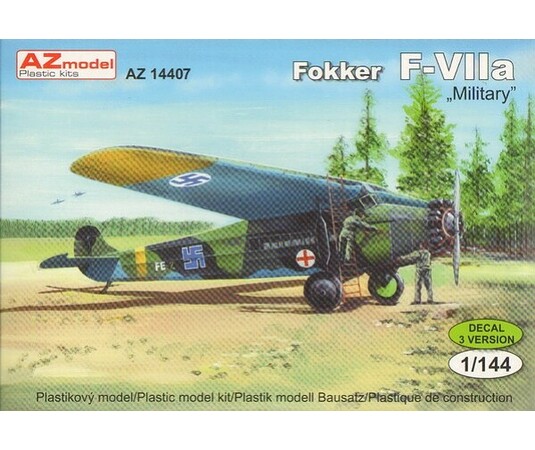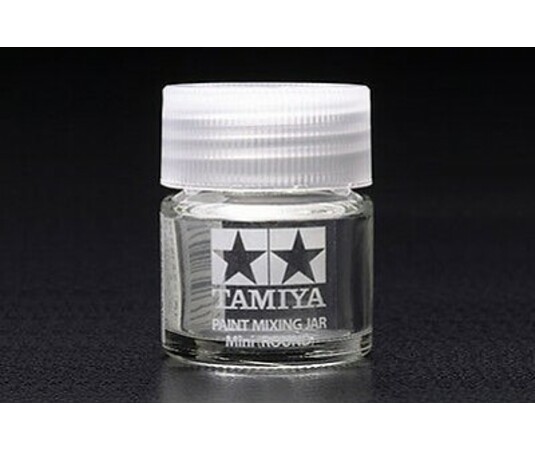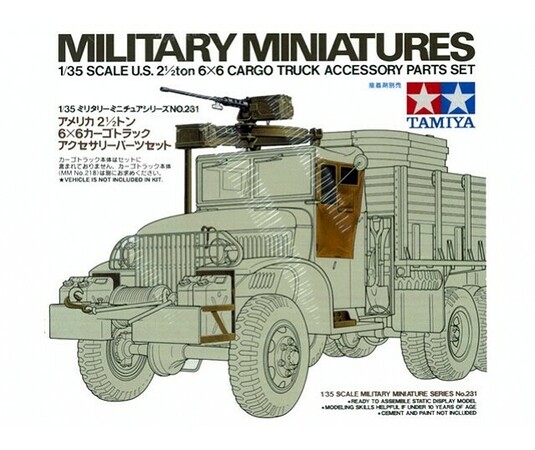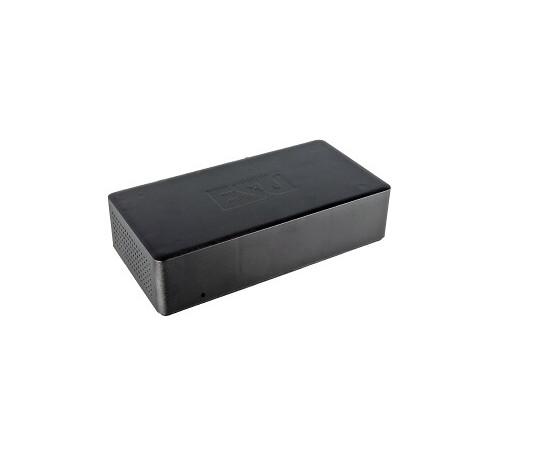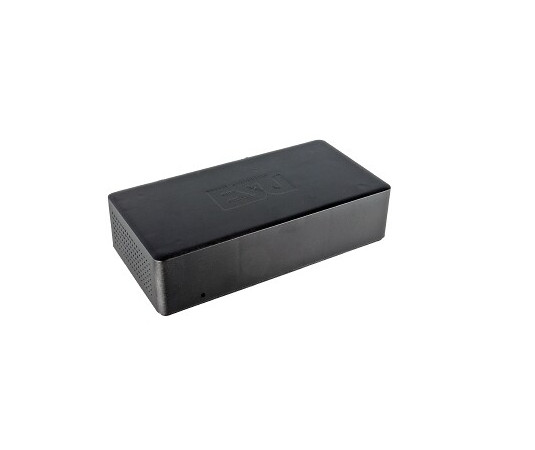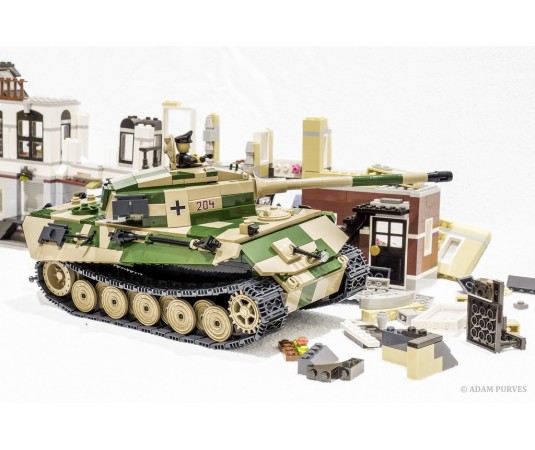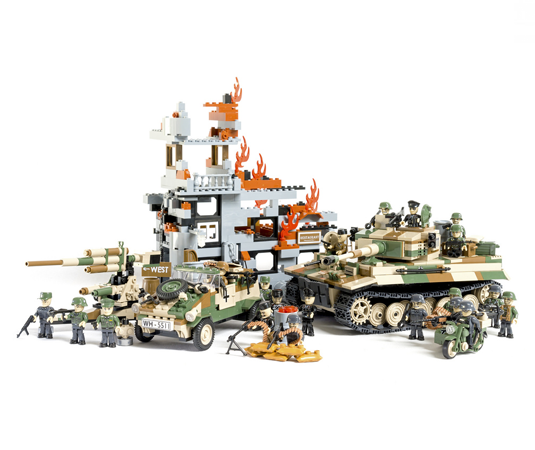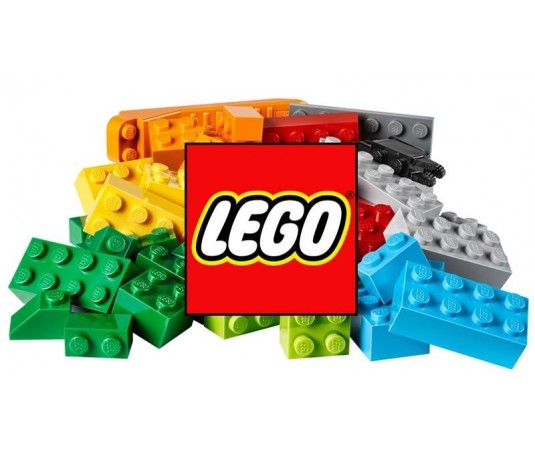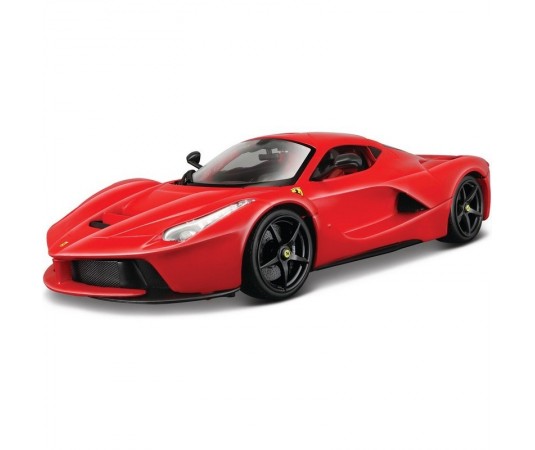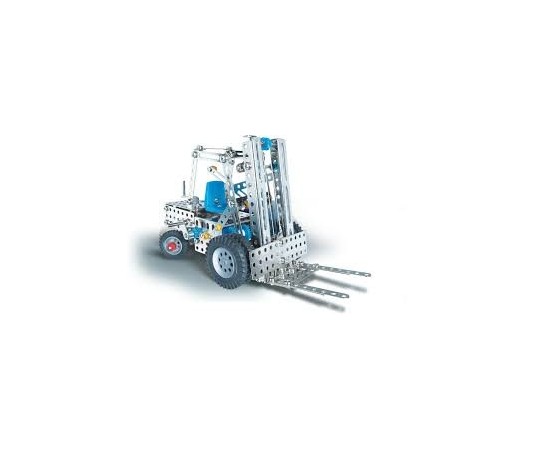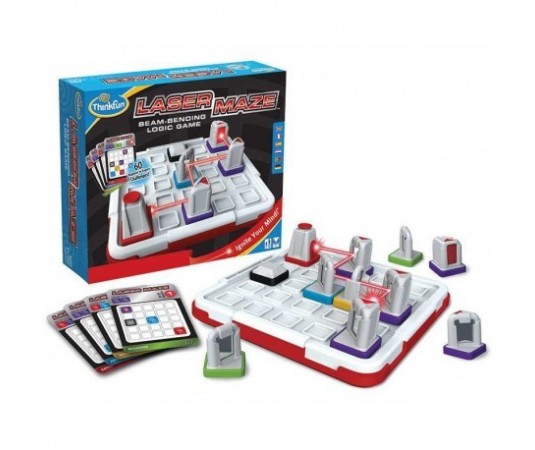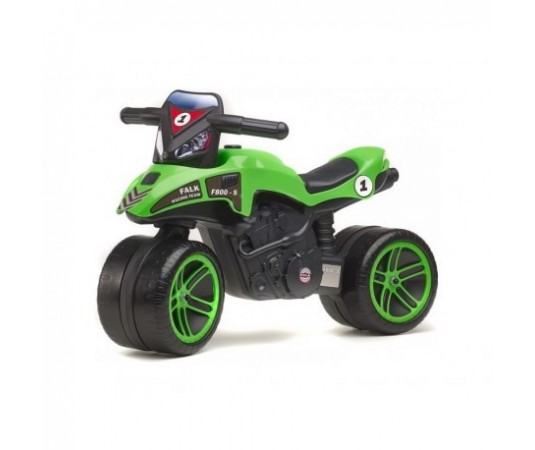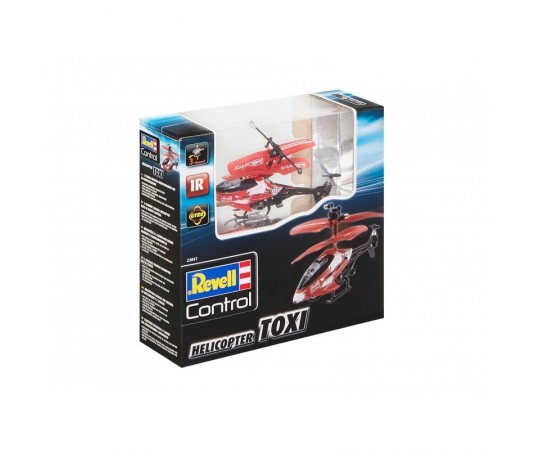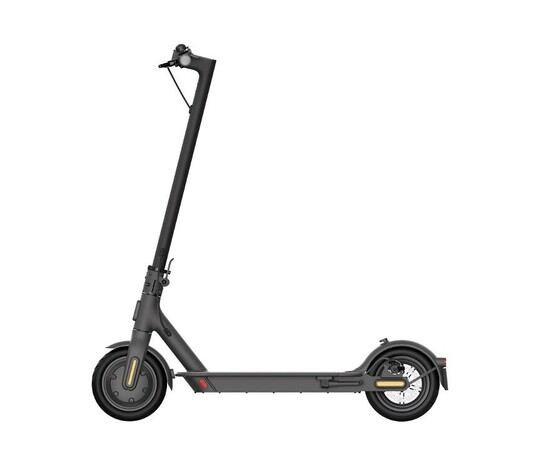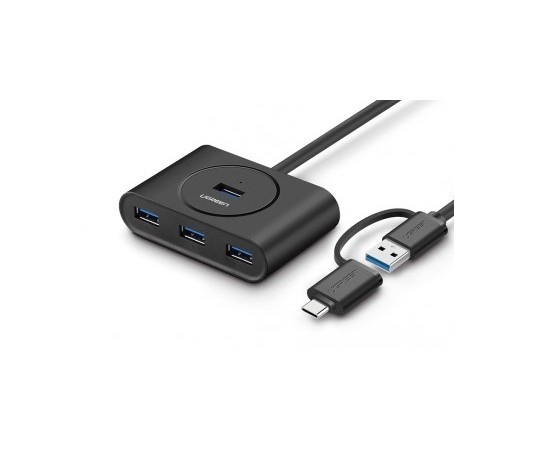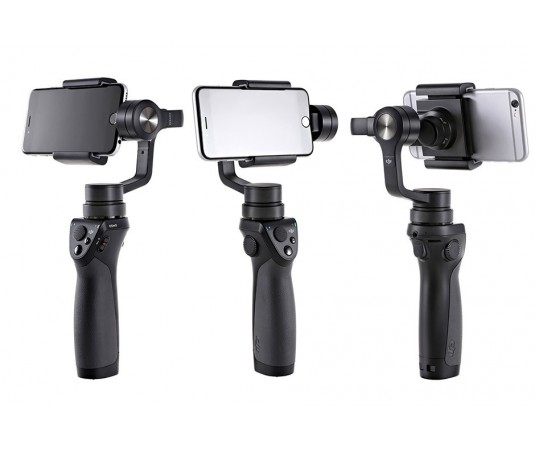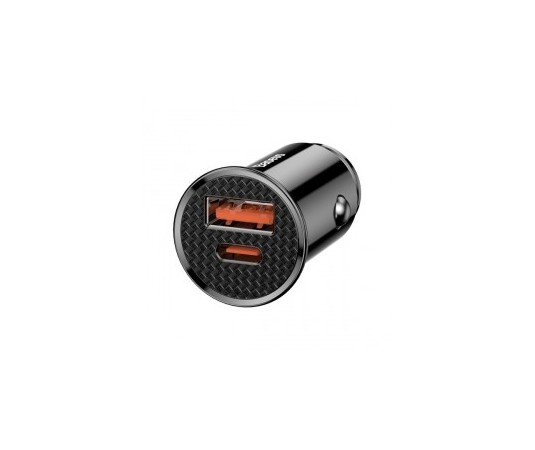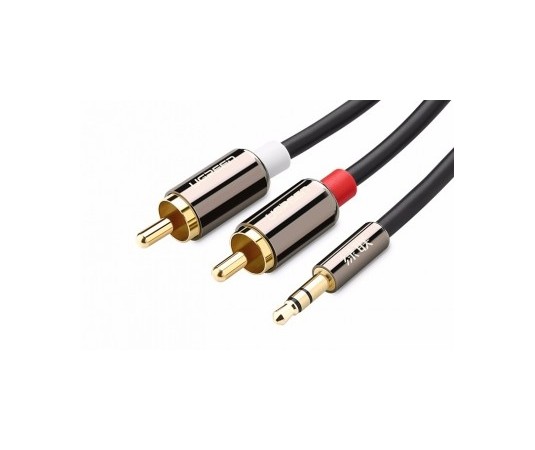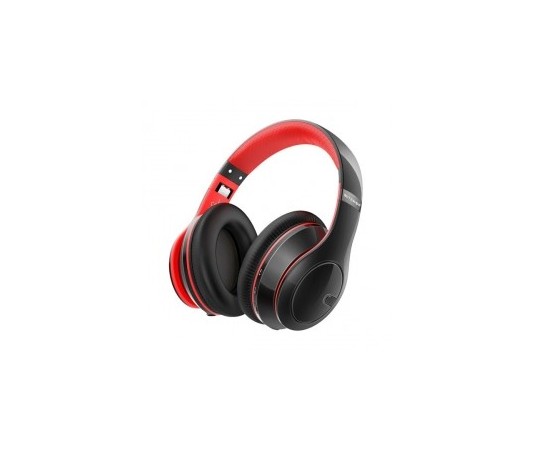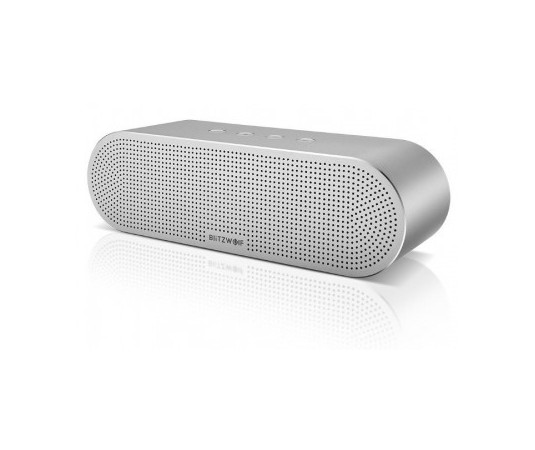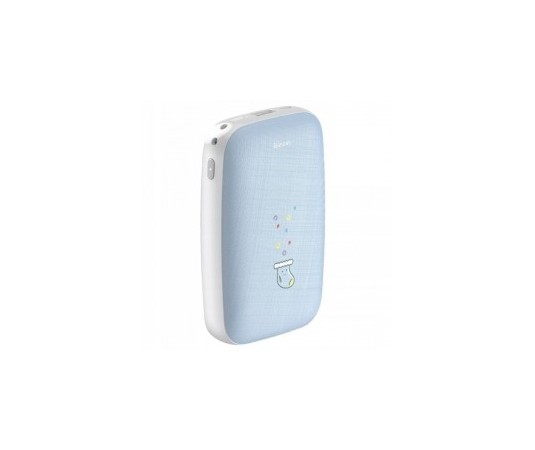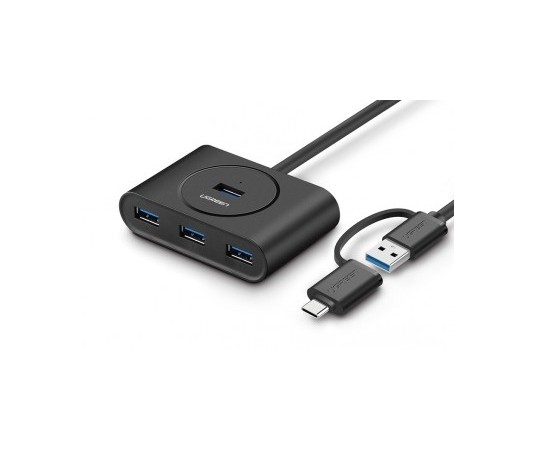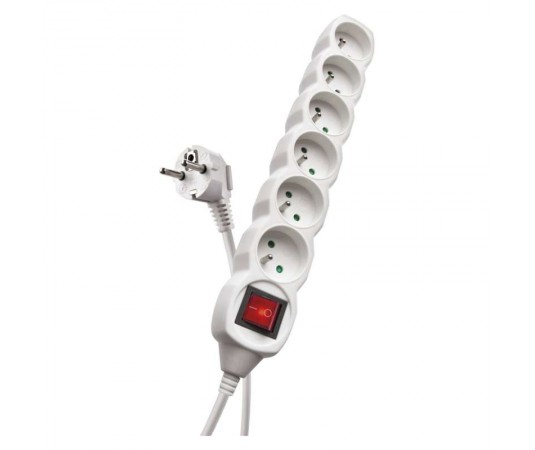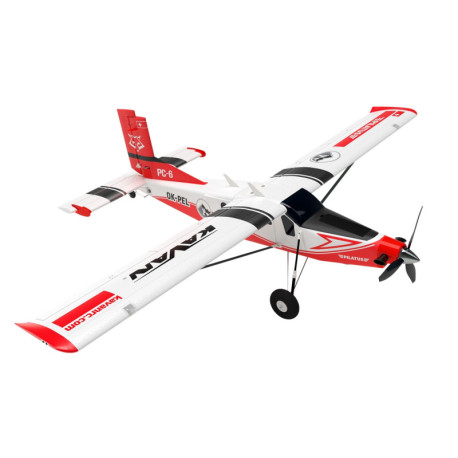KAVAN Pilatus PC-6 Porter 1500mm ARF - red

Express delivery

Large selection of carriers

Satisfaction guarantee
The Pilatus PC-6 Porter, originally powered by a Lycoming flat-six, first flew in 1959. The improved Turbo-Porter with a turboprop engine soon followed. Over the years, these beautiful aircraft then raced through the skies with Turbomeca Astazou II, Garret Air Research TPE 331 and finally the Pratt & Whittney Canada PT6A engines (approximately 70% of all produced).
The incredible, almost helicopter-like short takeoff and landing capabilities soon attracted the attention of both military and civilian users. Porters with wheeled chassis, skis or floats have served and serve reliably and tirelessly all over the world - flying over deserts, jungles, lakes, mountains, snow and ice - simply everywhere. No wonder the PC-6 holds the world record for landing an aircraft at the highest altitude - 5,750 m above sea level on the Dhaulagiri glacier in Nepal.
After completing 604 units over 63 years, Pilatus discontinued the PC-6 in 2022... And now you can enjoy flying a 1500mm wingspan semi-model of this magnificent machine powered by a powerful AC motor!
The hull of the model is made of highly resistant EPO foam (extruded polyolefin) with thorough internal carbon reinforcements. In the bow is installed a C3548-750 AC electric motor with a three-bladed 10x6" propeller and a KAVAN R-40SB regulator with a powerful BEC power stabilizer needed to power the 6 servos on board. In the bow, under the removable cover, you will find enough space for the drive battery.
The model's EPO foam wing is two-piece with carbon spars and a carbon tube coupler. It is secured in place with screws. The ailerons and flaps are controlled independently by two servos with short straight wire rods, and there are also functional position and landing LED lights. Easily removable carbon wing struts are held in place by a pair of wire clips.
The tail surfaces are also made of EPO foam. The rudder servo is housed in the keel and the elevator servo in the fuselage; the rudders are controlled by short straight wire rods.
The main landing gear is solid, wire with sprung mock struts. The wire spur is coupled to the turn signal. You can purchase a set of floats for the Porter - removing the wheel chassis and installing the floats and water rudder is a matter of a few minutes.
The model is powered by a class C3548-750 AC motor with a 40 A KAVAN R-40SB regulator.
For power, you will need a four-cell LiPo with a capacity of 2600-3300 mAh with a load capacity of at least 30C. Choose the specific type so that the correct position of the center of gravity works best for you without further importation.To control the model in an emergency, you can also use a six-channel computer RC set without special functions - in the basic version, the ailerons, flaps, rudder and servo nose legs are connected to only one channel at a time using a connection board installed in the cabin area. The board also provides power for the LED lights. The ideal is, of course, to use at least a seven-channel computer RC set that allows independent control of ailerons and flaps with two servos, which today even the affordable Radiolink AT9S or AT10II or Futaba T6K or T10J can do. In this case, it is necessary to connect the aileron and flap servos separately. Of course, the manual includes a thorough table with proven default rudder deflection settings to easily prepare the Porter for flight, even if it is your first model with a "fully mechanized" wing.
ARF set includes: finished fuselage, wing and tail surfaces from EPO foam with installed engine, propeller, controller, 6 servos and LED lights, instructions.
| Span [mm] | 1500 |
| Length [mm] | 1112 |
| Wing area [dm 2 ] | 27.9 |
| Weight [g] | 1650 - 1700 |
| Controlled functions | S,V,K(2),M,F(2) |
| Difficulty of construction | S0, S1 |
| Difficulty of piloting | P2 |
Drive and RC equipment: Motor *C3548-750 Controller *KAVAN R-40SB Propeller *10x6“ three-blade Battery KAVAN 14.8V 2600 mAh 40/80C or KAVAN 14.8V 3300 mAh 40/80C Servo *6x micro RC kit min. 7 computer channels *) Part of the ARF set


